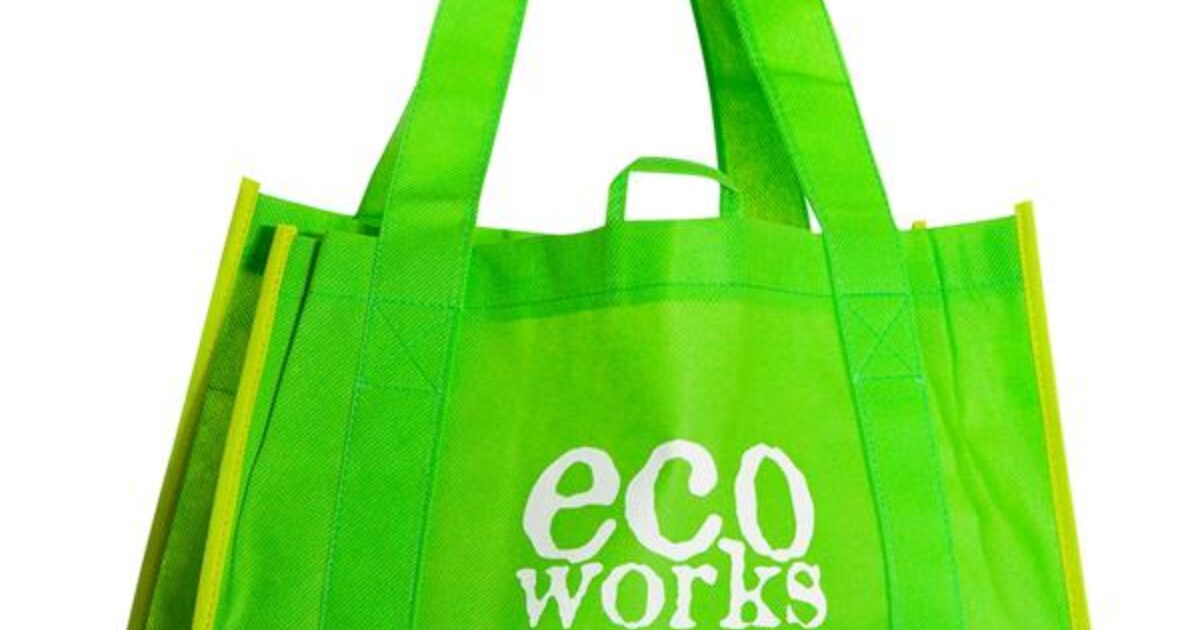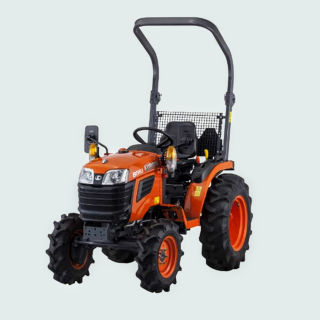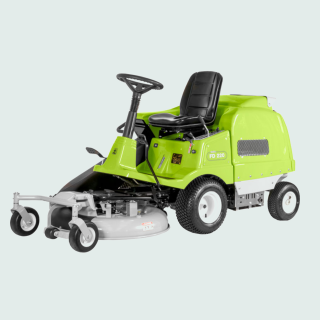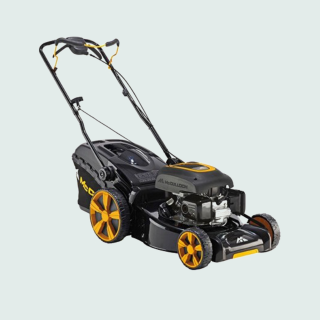Biaxially Oriented Polypropylene (BOPP) woven bags have got emerged as some sort of popular choice within the packaging industry due to their strength, durability, and even visual appeal. These bags, widely used for packing the variety of products such as grain, seeds, cement, manures, and chemicals, offer superior protection and even excellent branding possibilities. Information explores the particular step-by-step process involving manufacturing BOPP weaved bags, shedding light source on the components, machinery, and technologies involved.
1. Understanding BOPP Woven Hand bags
BOPP (Biaxially Oriented Polypropylene) is a polymer film of which, when laminated to woven polypropylene material, produces a durable and printable packaging material. Woven polypropylene is definitely known due to its power and flexibility, making BOPP woven hand bags ideal for industrial and agricultural utilizes. The biaxial orientation process involves stretching the polypropylene film in the machine and even transverse directions, giving it enhanced power and clarity, which in turn is crucial for printing high-quality design on the luggage.
2. Materials Required
Polypropylene (PP): This specific is the major raw material used in woven material production. discover this info here is definitely durable, lightweight, and even resistant to chemicals and even moisture, making it ideal for packaging needs.
BOPP Motion picture: The BOPP motion picture serves as the particular outer layer for the bags. It gives excellent printability, enabling multi-color and high resolution graphics, and furthermore provides protection by external elements.
Chemicals: Various additives this kind of as UV stabilizers, anti-static agents, plus color masterbatches could be used to enhance the operation of the bags.
3. Key Steps found in the Manufacturing Procedure
3. 1. Extrusion of Polypropylene Tapes
The first phase in manufacturing BOPP woven bags is definitely the production of polypropylene tapes or yarns, which usually are woven to produce the fabric.
Reduction: Polypropylene granules are fed into an extruder where they may be melted at high temperatures.
Extruding and Extending: The molten thermoplastic-polymer is passed through a die to form thin films. These films are then cut into tapes and expanded in both machine and transverse instructions, improving the power and tenacity associated with the material.
Rotating: The stretched tape are wound onto bobbins, ready to end up being used for weaving cloth.
3. 2. Weaving of Polypropylene Textile
When the tapes usually are produced, they will be woven into textile using circular harnesses.
Warp and Weft: The tapes are interwoven on looms in a warp and weft structure, producing sheets regarding polypropylene fabric. This woven structure offers the strength and durability characteristic of BOPP woven bags.
Spherical Weaving: For handbag manufacturing, circular weaving machines can be used to make cylindrical fabric, which often reduces the advantages of aspect seams.
3. a few. Lamination with BOPP Film
The next step is laminating the woven polypropylene fabric with BOPP film. This is an essential phase, as the BOPP film enhances the bag’s aesthetic and protecting properties.
Printing: High-resolution graphics and textual content are printed upon the BOPP film using gravure or even flexographic printing systems. This allows for detailed, multi-color styles and branding elements.
Lamination: The branded BOPP film is then laminated on to the woven thermoplastic-polymer fabric using a backing or heat wrapping up process. This not only enhances the visual appeal nevertheless also adds a layer of prevention of moisture, UV rays, and abrasions.
several. 4. Cutting and even Sewing
Once typically the lamination is full, the laminated material is cut in to desired lengths centered on the case dimensions.
Cutting: A cutting machine is usually used to slice typically the fabric into appropriate sizes, forming bodily the bags. The particular cutting process must be precise in order to ensure uniformity through the batch.
Stitching: The particular cut pieces are stitched together to create the final handbag shape. Depending in the type involving bag, additional features such as handles, gussets, and inner liners can end up being added at this kind of stage.
Bottom Wrapping up: The bottom involving the bags is usually sealed, usually via stitching or heat sealing, to ensure it can hold the required weight without having tearing.
3. 5. Quality Control plus Testing
Before the particular bags are dispatched, they undergo some sort of series of quality checks to ensure they satisfy the necessary standards.
Strength Assessment: The bags will be tested for tensile strength to ensure they will can handle the particular required weight without breaking or ripping.
Leakage Testing: For bags intended for products like flour or fertilizer, seapage tests are conducted to check on whether typically the bags can efficiently hold fine debris without spillage.
AND ALSO Resistance Testing: If the bags have to be stored outdoors, they can be tested for AND ALSO resistance to assure they won’t weaken under prolonged sunlight exposure.
3. six. Finishing and Presentation
After passing top quality control, the carriers are prepared regarding shipment.
Finishing: This involves trimming excess strings and adding concluding touches such as zippers or additional branding elements.
Packaging: The finished bags are packed within bundles and dispatched to clients. Relying on the client’s requirements, bags could be folded flat or perhaps rolled for simpler storage and vehicles.
4. Advantages regarding BOPP Woven Bags
Durability: BOPP woven bags are extremely durable and may tolerate rough handling throughout transportation and storage space.
Customization: The bags can be easily personalized in terms regarding size, shape, and even design, which is why they are concidered a great ideal choice regarding branding purposes.
Water and UV Resistance: The lamination process makes the carriers resistant to moisture in addition to UV rays, ensuring that the contents stay protected even underneath adverse conditions.
Eco-Friendliness: BOPP woven hand bags are recyclable and can be reused too many times, reducing their particular environmental impact.
five. Applications of BOPP Weaved Luggage
BOPP stiched bags are employed in a wide selection of industries, including:
Agriculture: With regard to packing grains, plant seeds, and animal give food to.
Chemicals: Useful for the labels fertilizers, chemicals, in addition to other industrial components.
Cement: The design industry uses BOPP woven bags to be able to pack cement plus related materials.
List: The plastic bags are also well-known in retail the labels, particularly for products like flour, rice, and even sugar.
6. Problems in Manufacturing BOPP Woven Bags
Despite their very own numerous advantages, the particular production of BOPP woven bags will come with particular challenges:
High First Investment: Setting up a BOPP woven bag manufacturing plant takes a significant investment in machinery plus unprocessed trash.
Complex Production Process: The manufacturing process involves a number of stages, each demanding precision and specific machinery. Any error in one level can lead to defects within the final product.
Environmental Issues: While BOPP weaved bags are recyclable, the production procedure itself consumes an important amount of energy and resources.
7. Future Trends inside BOPP Woven Luggage Producing
The need for BOPP weaved bags is anticipated to continue growing as industries look for durable, eco-friendly packaging solutions. Innovations in printing technology as well as the introduction of biodegradable polypropylene are most likely to shape the future of BOPP woven bags. Moreover, the push to sustainable packaging is encouraging manufacturers in order to explore ways to reduce the carbon footprint of the manufacturing process.
Conclusion
BOPP woven bags are a versatile and durable packaging option used in the variety of sectors. Manufacturing these hand bags involves several elaborate processes, from extrusion and weaving to be able to lamination and stitching. With the rising demand for sustainable and customizable packaging alternatives, BOPP woven luggage keep on being a desired choice. Investing in advanced machinery and adopting innovative techniques can help suppliers meet market demands and remain reasonably competitive in the ever-evolving packaging industry.







Deja una respuesta